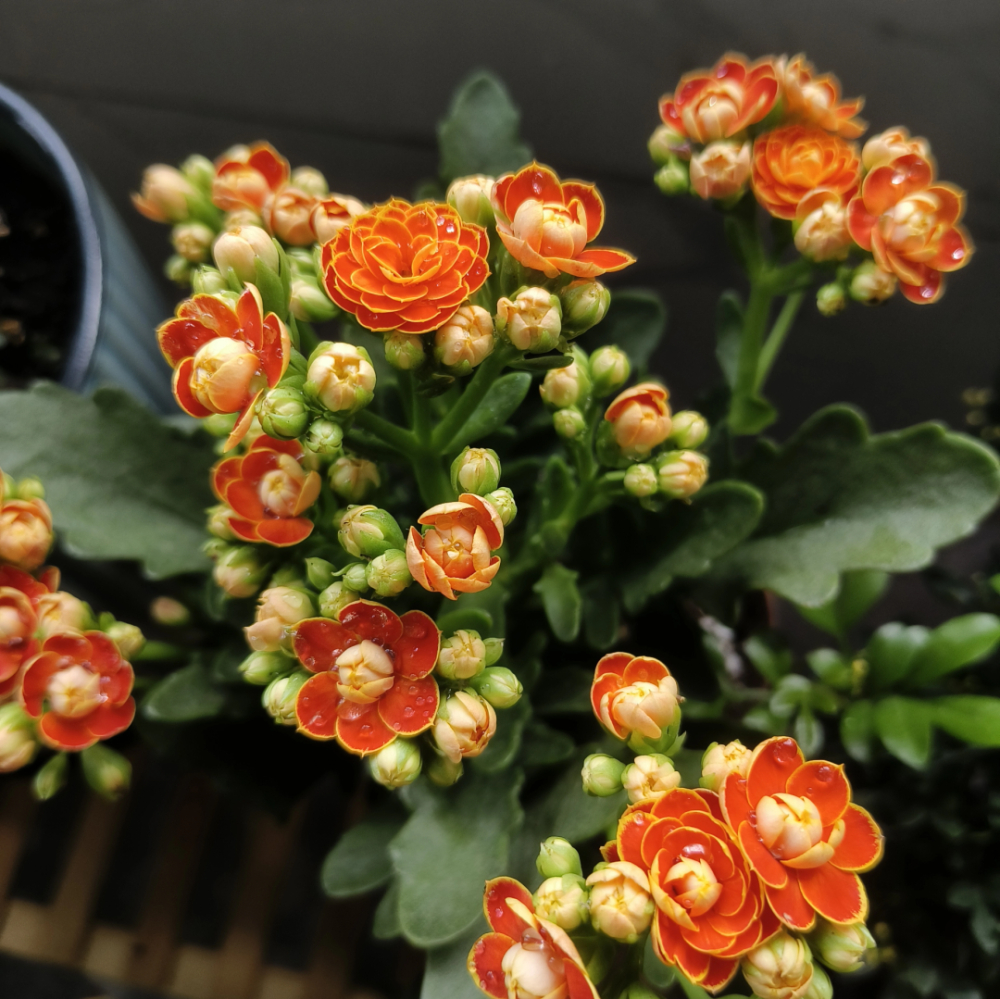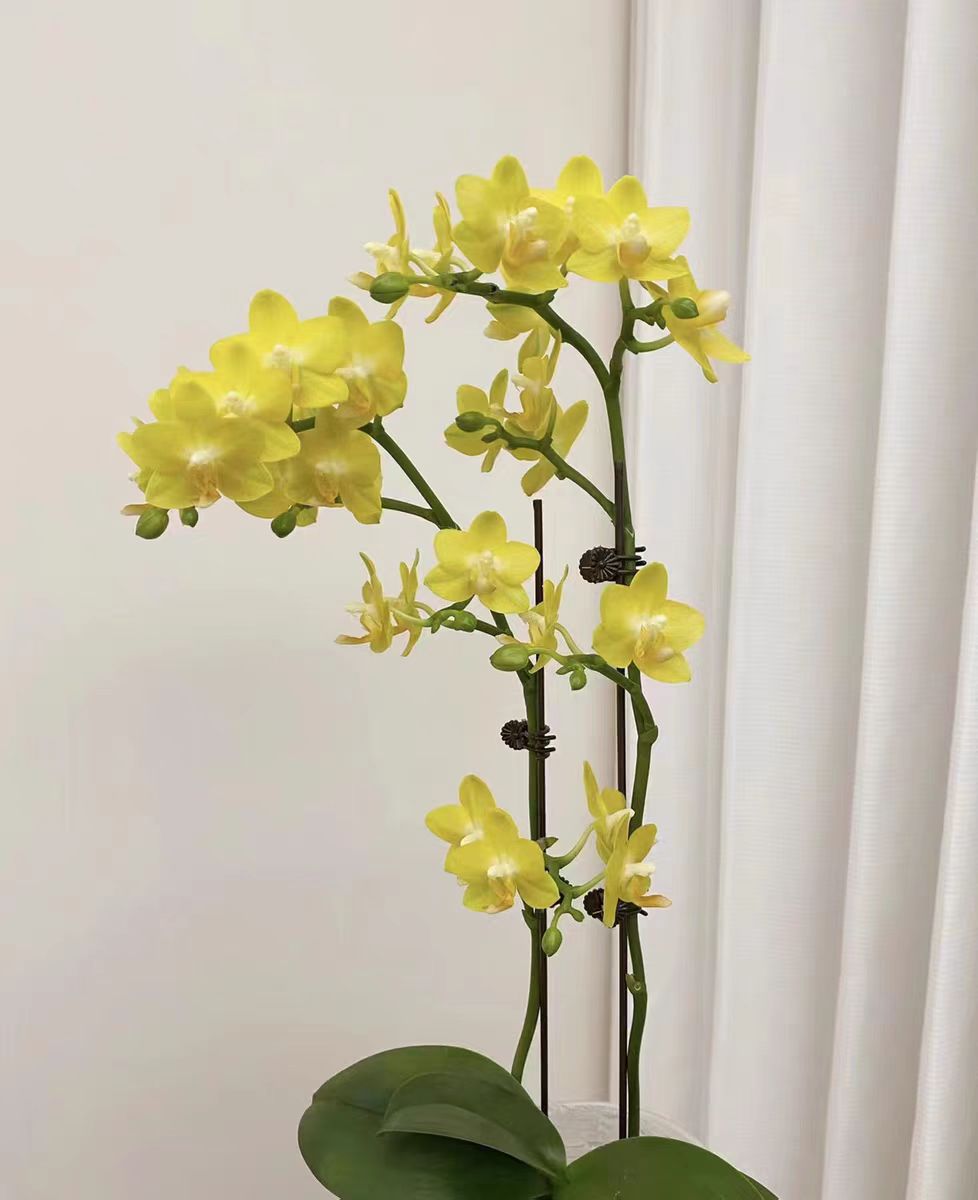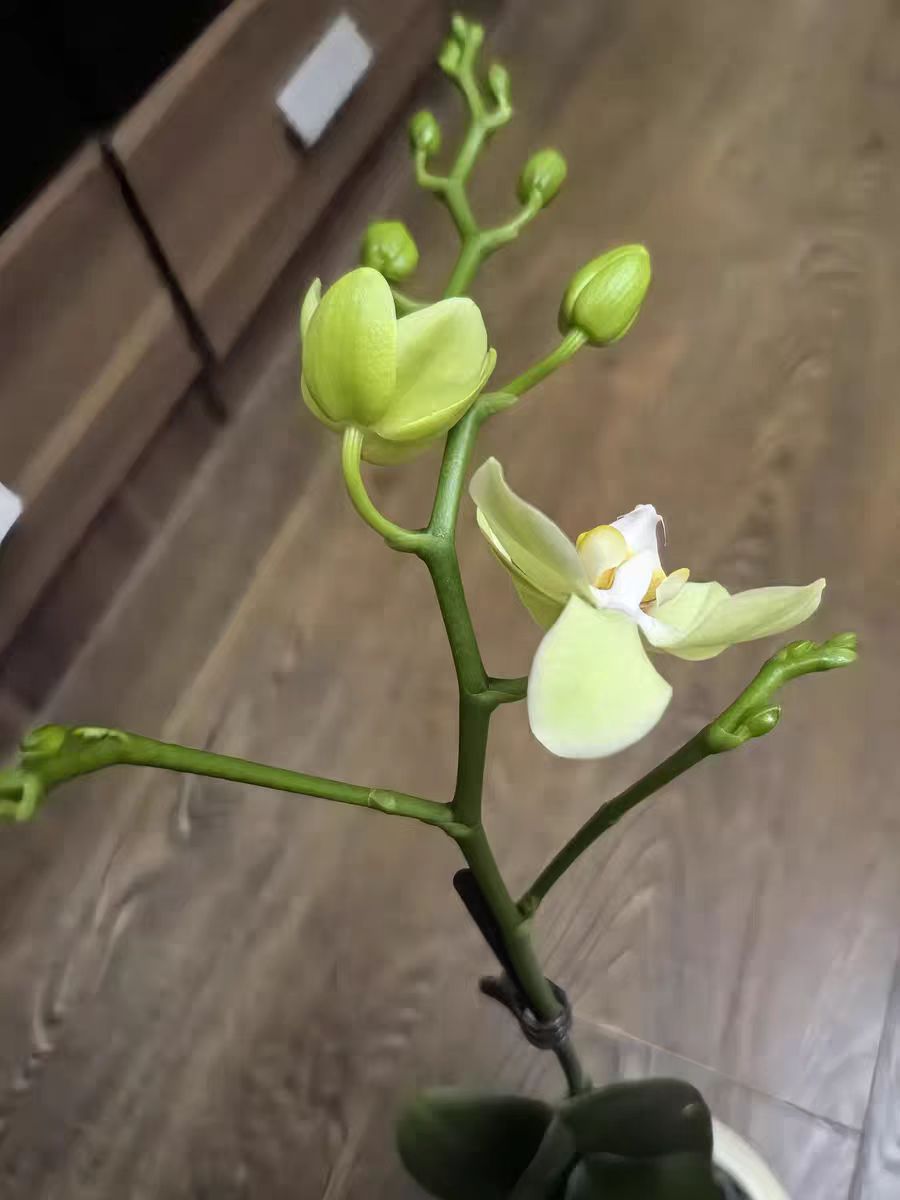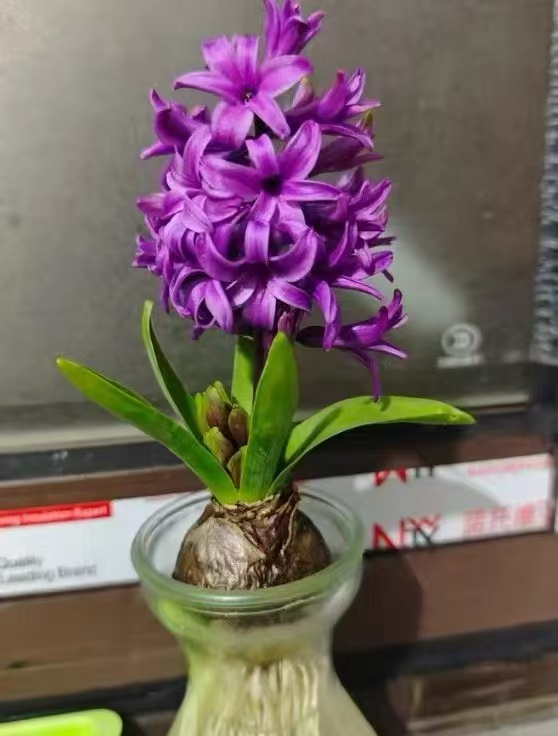Once winter arrives, do you feel that the outdoor world has become dull and desolate? Actually, that's not the case. As long as you choose the right flowers, you can still enjoy a splendid sea of blossoms! Today, I'd like to recommend several amazing flowers that can burst into bloom in winter.
Kalanchoe blossfeldiana
Kalanchoe blossfeldiana can be regarded as a leading figure in the world of winter flowers. Its flowering period is so long that it almost lasts throughout the whole winter, blooming from December until around April of the following year. The flowers are small and delicate, clustered together. The colors are extremely rich, with some as red as fire, some as pink as the glow of the setting sun, some as white as snow, and there are also various colors like orange-yellow and light purple, presenting a riot of colors, just like exquisite little flower balls hanging on the branches.
Key points for cultivation: Kalanchoe blossfeldiana prefers a sunny environment. Ensure that it receives at least 4 to 6 hours of sunlight every day so that the flower colors can be more vivid and the flowers can be fuller. It is relatively drought-tolerant. When watering, follow the principle of "watering when the soil is dry". That is, wait until the surface of the potting soil is dry before watering thoroughly to avoid waterlogging that may lead to root rot. Keeping the indoor temperature between 12 and 15 °C in winter is most conducive to its growth and flowering. In terms of fertilization, apply a thin compound fertilizer or phosphorus and potassium fertilizer once every half a month during the peak growth period and before the flowering period to promote flower bud differentiation and blooming.
Cyclamen
Cyclamen is like an elegant fairy🧚♀️ descending to the mortal world in winter. Its flowers stand tall above the leaves, with the petals curling backwards, showing an elegant shape. It has a rich variety of flower colors, including red, pink, white, purple and so on, and also emits a faint fragrance, adding a touch of romance and warmth to the cold winter. Its flowering period lasts from November to March of the following year, making it an outstanding winter flower.
Tips for cultivation: Cyclamen likes a cool and humid environment and is afraid of high temperatures and direct sunlight. Just place it in a bright, scattered light area indoors, such as a place near the window but avoiding direct sunlight. When watering, be careful not to pour water directly onto the corm to avoid rotting. You can water slowly along the edge of the flowerpot to keep the soil moist but not waterlogged. If the indoor temperature is kept between 10 and 18 °C in winter, it can grow very well. During the growth period, apply a thin cake fertilizer water once every 1 to 2 months, and apply more phosphorus and potassium fertilizers before the flowering period to make the flowers more luxuriant.
Narcissus
Narcissus is known as the "Fairy on the Waves". It has an graceful posture, with its flowers as white as jade and its fragrance clear, elegant and refreshing. In winter, just put the narcissus bulbs in a shallow basin, add an appropriate amount of clean water, and they will take root, sprout, send out tender green leaves and bloom beautiful flowers. It is the first choice for hydroponic flowers in winter.
Key points for cultivation: After buying the narcissus bulbs, peel off part of the outer brown skin first, then put them in a shallow basin and add water until it reaches one-third of the height of the bulbs. Place them in a sunny place where the temperature is between 10 and 15 °C, change the water every 2 to 3 days to keep the water quality clean. During the growth process, you can add some nutrient solutions appropriately to promote the growth and flowering of the plants.
Hyacinth
The flowers of hyacinth grow densely on the flower stalks, like strings of colorful little bells swaying gracefully. It has a rich variety of flower colors, including blue, purple, pink, white, red and so on, and its fragrance is strong, which can make the whole room filled with a charming aroma. Hyacinth can be cultivated both hydroponically and in soil, and it can bloom smoothly in winter.
Guidelines for cultivation: When cultivating hyacinth hydroponically, choose a suitable transparent container, put the hyacinth bulbs at the mouth of the container so that the roots can touch the water surface. Change the water every 2 to 3 days at the initial stage, and once a week after the roots grow. Place it in a bright, scattered light area, and keep the indoor temperature between 10 and 18 °C. When cultivating it in soil, choose fertile and well-drained soil, bury the bulbs about two-thirds in the soil, water thoroughly and then place it in a sunny place. Water according to the principle of "watering when the soil is dry", and apply some phosphorus and potassium fertilizers before the flowering period.
What kinds of flowers can bloom profusely when cultivated in winter?

Share with
Tagged in :




Leave a Reply